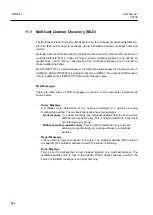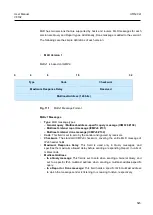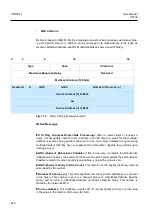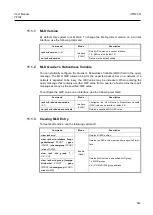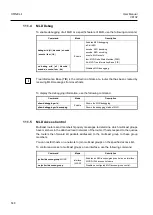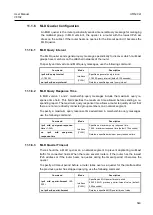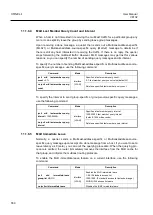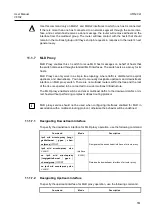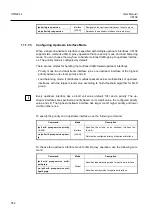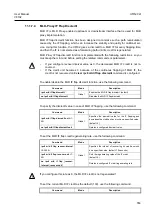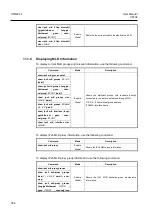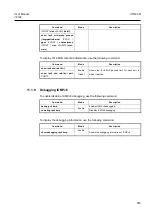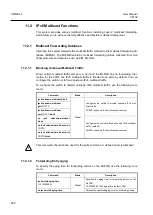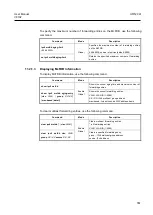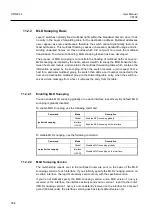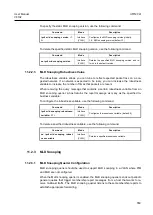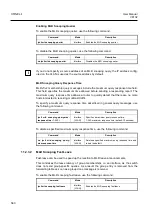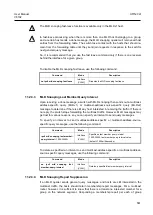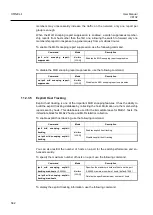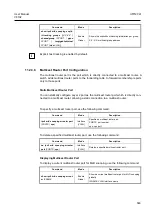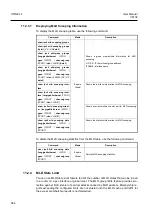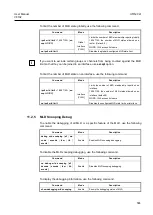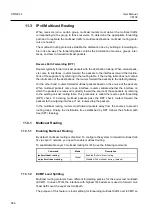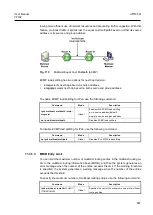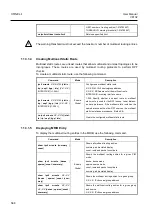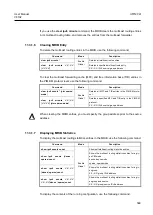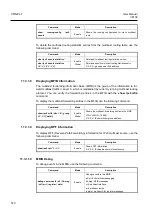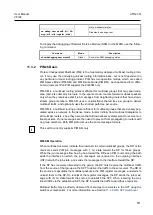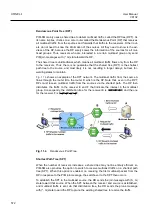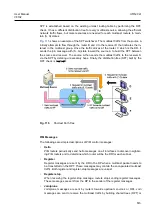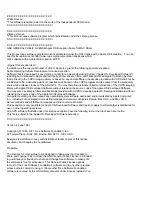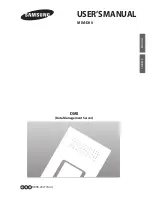
UMN:CLI
User Manual
V8102
558
11.2.2
MLD Snooping Basic
Layer 2 switches normally flood multicast traffic within the broadcast domain, since it has
no entry in the Layer 2 forwarding table for the destination address. Multicast addresses
never appear as source addresses, therefore the switch cannot dynamically learn mul-
ticast addresses. This multicast flooding causes unnecessary bandwidth usage and dis-
carding unwanted frames on those nodes which did not want to receive the multicast
transmission. To avoid such flooding, MLD snooping feature has been developed.
The purpose of MLD snooping is to constrain the flooding of multicast traffic at Layer 2.
MLD snooping, as implied by the name, allows a switch to snoop the MLD transaction be-
tween hosts and routers, and maintains the multicast forwarding table which contains the
information acquired by the snooping. When the switch receives a join request from a
host for a particular multicast group, the switch then adds a port number connected to the
host and a destination multicast group to the forwarding table entry; when the switch re-
ceives a done message from a host, it removes the entry from the table.
11.2.2.1
Enabling MLD Snooping
You can enable MLD snooping globally or on each interface respectively. By default, MLD
snooping is globally disabled.
To enable MLD snooping, use the following command.
Command
Mode
Description
ipv6 mld snooping
Global
Enables MLD snooping globally.
Interface
[VLAN]
Enables MLD snooping on the interface.
To disable MLD snooping, use the following command.
Command
Mode
Description
no ipv6 mld snooping
Global
Disables MLD snooping globally.
Interface
[VLAN]
Disables MLD snooping on the interface.
11.2.2.2
MLD Snooping Version
The membership reports sent to the multicast router are sent on the basis of the MLD
snooping version of each interface. If you statically specify the MLD snooping version on
a certain interface, the reports are always sent out only with the specified version.
If you do not statically specify the MLD snooping version, and a MLD version 1 query is
received on the interface, the interface actively sends out a version 1 report to the router.
If MLD snooping version 1 query is not consistently received on the interface for a timeout
period (400 seconds), the interface version goes back to its default version (2).

